Asus RT-N66W router review
Asus introduced the RT-N66W router in 2011. It is powered by Broadcom BCM4706 @ 600 MHz chipset, 256 MB of RAM, and 32 MB of flash memory.
Wondering if this Asus router is awesome? Stay tuned for the answer!
Table of Contents
Our personal experiences and opinions form the basis of this article. We aimed to share insights on a topic, and we hoped others would find it useful and inspirational. The specs below rely on official manufacturer data, but we also consider user reviews. If you noticed any mistakes or missing details about the Asus RT-N66W, please let us know. Furthermore, we strive to deliver a thorough and precise overview.
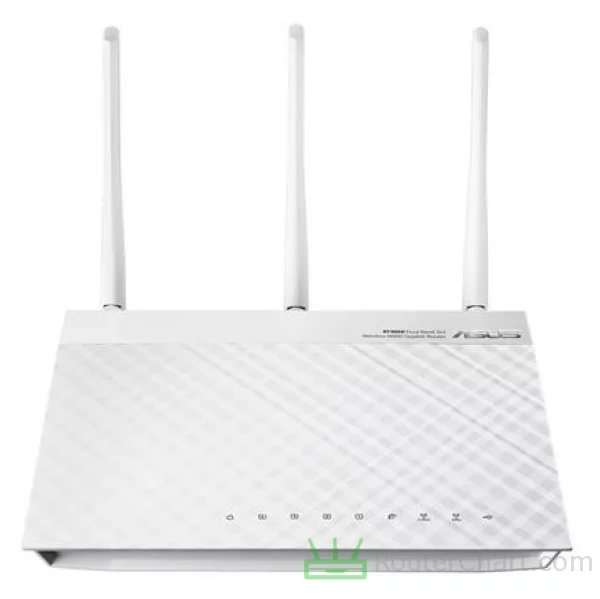
The RT-N66W is a popular router model from Asus. Many users have given it positive reviews. The USB connectors on the router add versatility to your network. They enable file sharing, printer sharing, and other USB functions. Asus is a well-respected manufacturer in the networking industry. They have a reputation for providing a variety of networking devices.
Asus RT-N66W specifications
| Brand | Asus |
|---|---|
| Name | RT-N66W |
| Type | RT-N66W |
| Rating | |
| Launch | 2011 |
Body
| Dimensions | 207 x 148.8 x 35.5 mm |
|---|---|
| Weight | 450 g |
If you have limited space, like in a small apartment or office, the dimensions can determine if it can fit there. If you plan to mount your router on a wall or ceiling, the weight can affect the mounting process. It also affects the type of mounting hardware needed.
System
| Chipset | Broadcom BCM4706 @ 600 MHz |
|---|---|
| RAM | 256 MB |
| Flash | 32 MB |
| OS | Asus |
| Alternative OS | OpenWRT DD-WRT |
| Power supply | 12 V / 1.58 A |
The Broadcom BCM4706 @ 600 MHz CPU is key. It, along with factors like RAM and firmware, decides how well the router works. The 256 MB of RAM enables the router to handle multiple tasks and processes concurrently. Flash memory retains its data even when the router is off. This allows the router to keep its firmware and settings across reboots. Upgrading router firmware has become simple and user-friendly.
It depends on your router model and hardware. Using a different OS may make it more stable and faster. OpenWrt is an open-source operating system. It provides customizable firmware for embedded devices, like routers and access points. The Asus provides the right power supply. It is 12 V / 1.58 A, this matches the router's voltage needs.
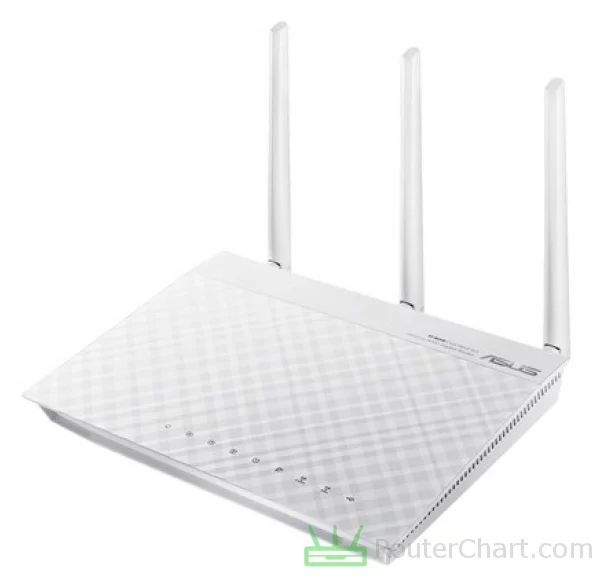
Network
| Protocols | IPv4 IPv6 |
|---|---|
| LAN ports | 4 x 10/100/1000 Mbps |
| WAN ports | 1 x 10/100/1000 Mbps |
| Mobile network | yes, with USB dongle |
| VPN support | PPTP L2TP OpenVPN |
Like many modern routers, the Asus RT-N66W supports many features and tech. They improve your network's connectivity and security. Most networking equipment, like routers and switches, supports IPv4. The RT-N66W router is also compatible with IPv6. IPv6 has a much bigger address space. It also offers many enhancements and improvements over IPv4. Gigabit Ethernet ports support data transfer rates of up to 1 gigabit per second (Gbps).
A Gigabit WAN port is helpful. It is useful when your internet plan supports high speeds. Connect the 3G/4G USB dongle to the RT-N66W router. Then, you can share the internet connection. You can share it with many devices on your local network. OpenVPN is available for many operating systems. These include Windows, macOS, Linux, Android, and iOS. PPTP creates a VPN tunnel between two endpoints. It allows secure communication over an insecure network, such as the internet.
Wireless
| Antennas | 3 x 3 dBi RP-SMA |
|---|---|
| 2.4 GHz | yes |
| 5 GHz | yes |
| 60 GHz | no |
| Standards | IEEE 802.11a/b/g/n |
| Class | N900 |
| Speed | 450 + 450 Mbps |
| Transmit power | 23 dBm |
| Security | WEP WPA WPA2 |
| Guest network | yes |
The 3 x 3 dBi, RP-SMA antennas allow sending and getting many data streams at once. This boosts overall throughput and improves Wi-Fi performance. The router supports the 2.4 GHz Wi-Fi. To optimize your Wi-Fi experience, it's often recommended to use a combination of both 2.4 GHz and 5 GHz bands. Older routers have a more limited range than newer Wi-Fi standards. So, they are less suitable for larger homes or offices.
The top speed, 450 + 450 Mbps, is the highest data rate the router can reach. It's the theoretical limit in perfect conditions. WEP was the first Wi-Fi security protocol. But it is now seen as weak and easy to hack. The introduction of WPA2 (Wi-Fi Protected Access 2) improved upon WEP. It provides stronger security.
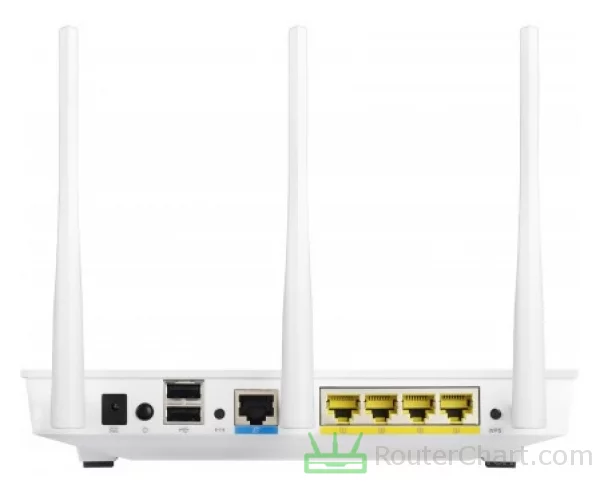
Connectivity
| USB ports | 2 x USB 2.0 |
|---|---|
| Print server | yes |
| File server | yes |
The USB 2 port has a maximum theoretical data transfer rate of 480 megabits per second (Mbps). A USB print server adds print functionality. You can manage settings, watch queues, and control access from one place. The RT-N66W router lets you schedule backups. You can back up to the connected USB storage device.
Administration
| Default IP | 192.168.1.1 |
|---|---|
| Default username | admin |
| Default password | admin |
Changing the password often is a good security practice. It protects your network and devices from unauthorized access. Changing the default password improves your router's security. It reduces the risk of unauthorized individuals controlling your network.
Pros and Cons
Every router, including this Asus one, has its good sides and not-so-good sides. Let's take a closer look at both to get a full understanding of what this router can do. We'll talk about what it does well and also where it could use some improvements. Just remember, this is just what I think, and you might see things differently.
Pros
- generous memory
- OpenWrt compatible
- IPv6 capable
- high-speed LAN port
- high-speed WAN port
- 3/4G USB modem capable
- supports OpenVPN
- works on 5 GHz band
- USB 2 compatible
- printserver functionality
- fileserver operation
Cons
- missing Wi-Fi 6 support
- lacks Wi-Fi 5 compatibility
- incompatible with WPA3
- missing WPS support
Asus RT-N66W photos
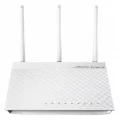

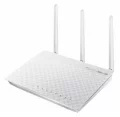

If there’s information about the Asus RT-N66W that you would like to see on this site, then write to us.

